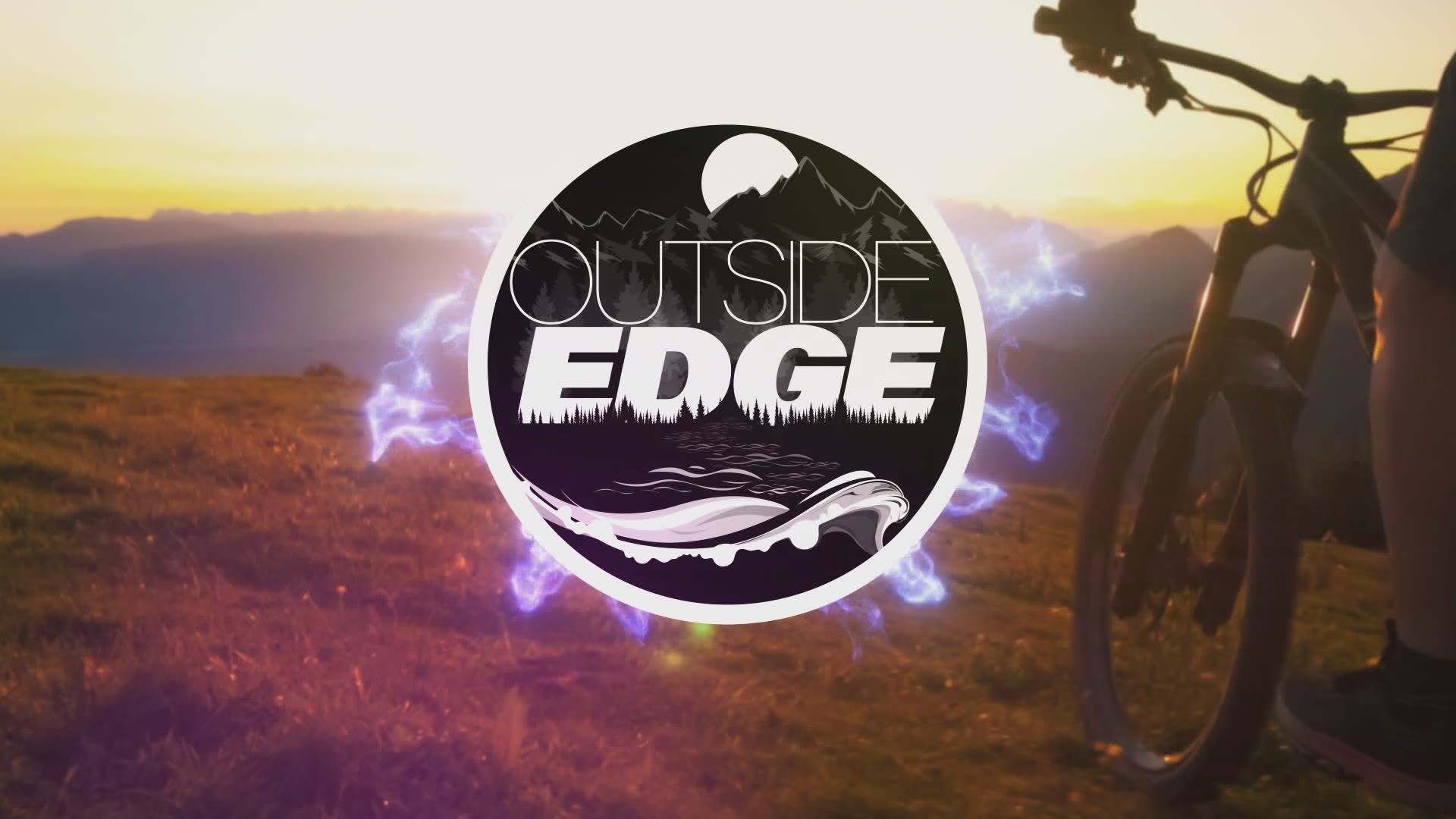FREEPORT, Maine — The Outside Edge continues to journey through the state of Maine, after hiking and rock climbing in New Hampshire, and mountain biking and sailing on a schooner, we jog up the coast slightly to Freeport.
One of the fastest-growing outdoor hobbies, especially after the pandemic, is birdwatching. Whether you enjoy walking town parks or simply looking out your window at bird feeders, we have a way to get you started in birding and birdwatching.
Birdwatching is considered the more passive activity and is typically associated with feeders, whereas birding is a bit more active; heading out to parks, or even traveling great distances to see particular birds.
Maine is a prime location for birding, enhanced by its edgy coastline, with over 400 species recorded in the state. Derek Lovitch of Freeport Wild Bird Supply said it's not surprising we're such a haven for our feathered friends.
“Because of our geography, we have a lot of islands, a lot of peninsulas, so we have a lot of different migrant traps, places that attract migrants," Lovitch explained. "Like Biddeford Pool area and Monhegan Island, which may be the most internationally recognized migrant trap.“
If you're interested in birdwatching, the best place is right in your own backyard with feeders. They’re the best way to get kids involved, too. It’s imperative you have quality seed and safe feeders, keep cats away, make sure your windows are safe, and avoid pesticide use.
The interest in birding and birdwatching has grown tremendously in the past year. "Especially with the pandemic and people’s interest in learning, I’m taking families out, I’m taking new birders," Lovitch said. "Ok, how do I do this better than what I’m doing?” There’s a steep learning curve with everything, but with birds, there’s a lot of them and most of them move pretty quickly.”
Once you're out more actively birding, all you need is a decent pair of binoculars, a notepad, and open ears. The first step is awareness of where the sound comes from.
"Most of what we do with birding is using our ears, some argue it’s 80-90% of what we do," Lovitch said. "It doesn’t mean we have to identify everything with our ears but we have to know there’s something singing behind me to know to turn around to look.”
Bird song can be another easy identifier of birds, but it's best to start in the early spring as there are fewer species around. By late spring, you'll be hearing several songs at once and it can be harder to pinpoint.
Often times birding leads to finding a certain bird. While you may not always find what you’re looking for, you’ll certainly be happy with what you find in Maine’s beautiful landscape.
“[We took a trip] from Stonington, where we went to look for one bird, the red-billed tropicbird that’s been appearing in the Gulf of Maine for 17 years," Lovitch said. "But most of the people on the boat were pretty happy that we were surrounded by puffins even though there was that 'Yea, but we really wanted to see Troppy' if you can’t find joy in all these puffins loafing in the water, birding might not be for you.”
To get a taste of birding, Freeport Wild Bird Supply offers free bird walks every Saturday morning throughout the summer. All ages are welcome.

